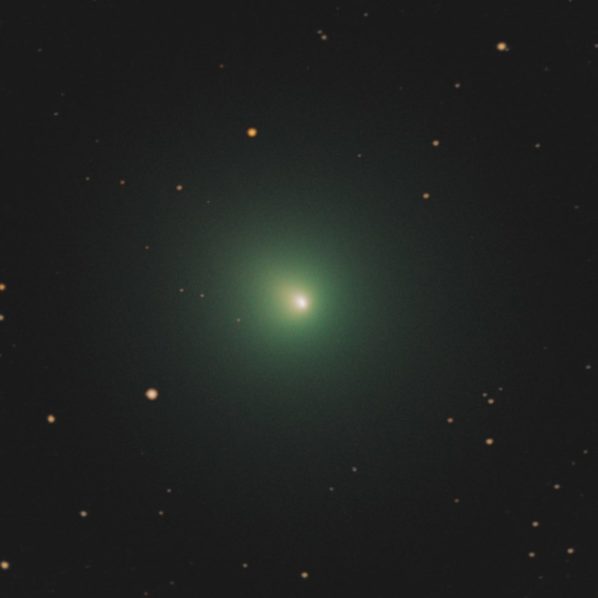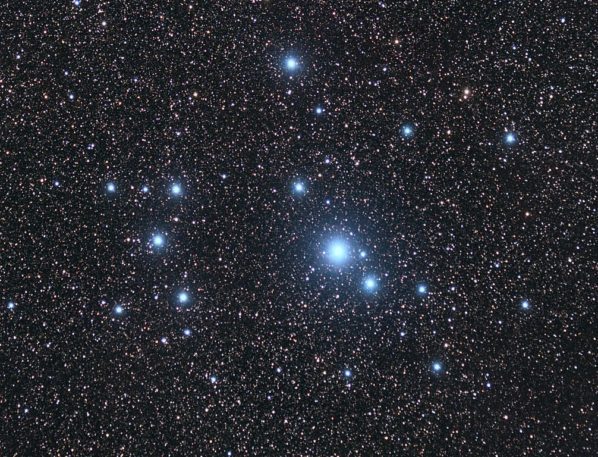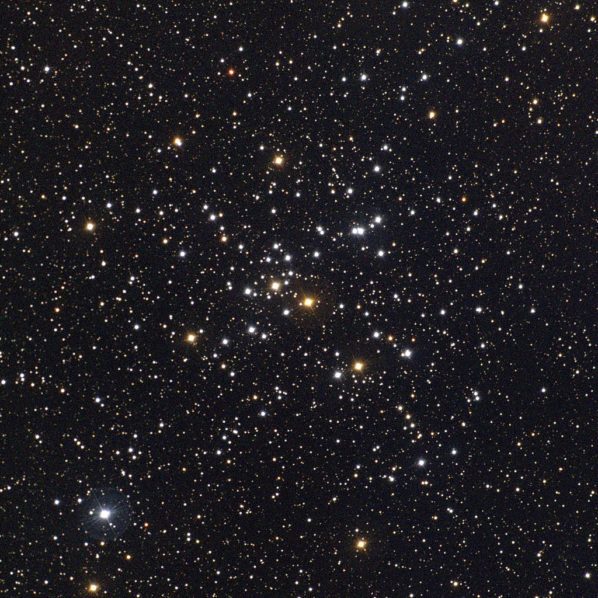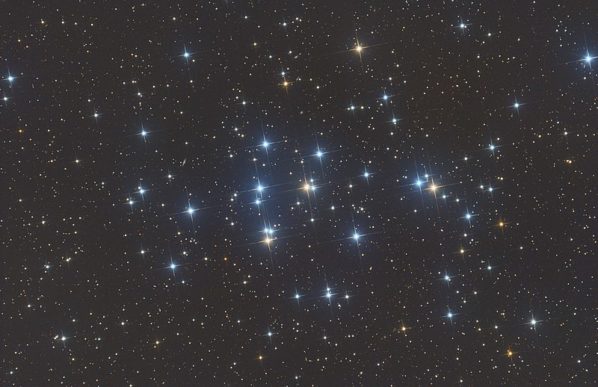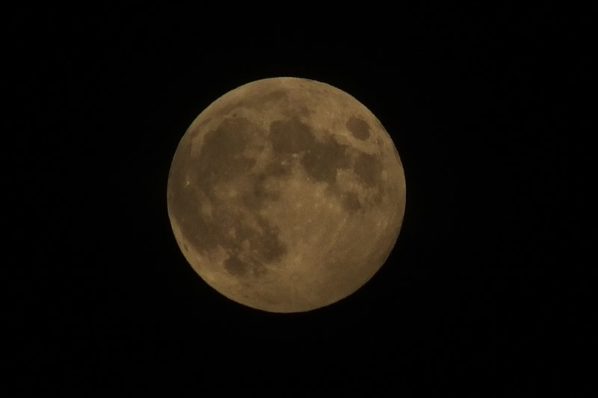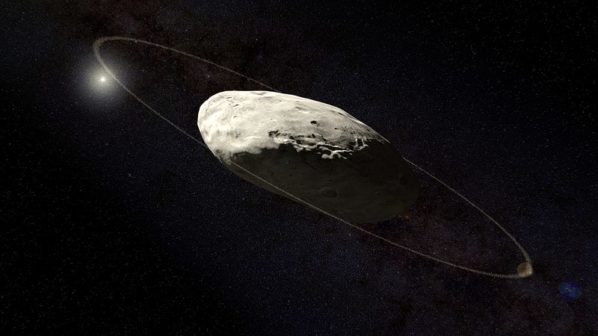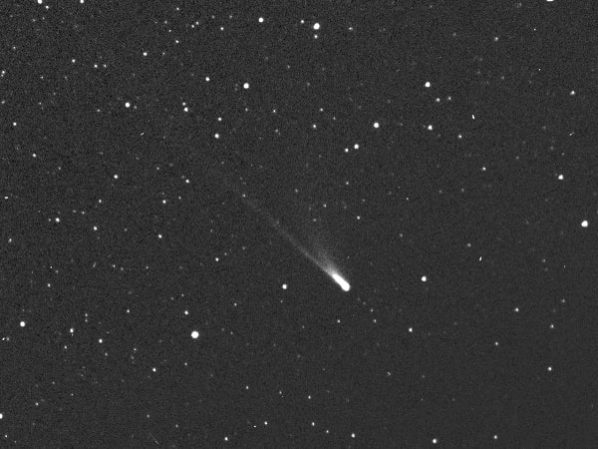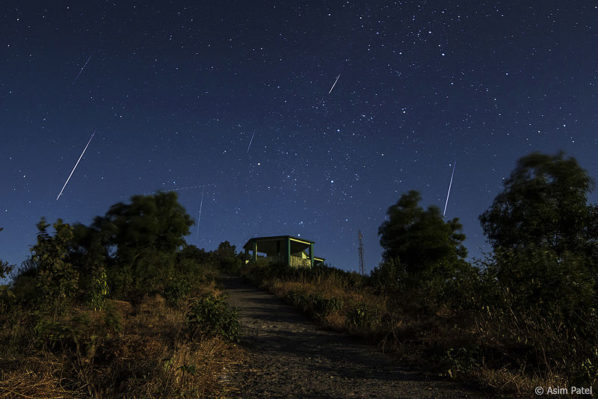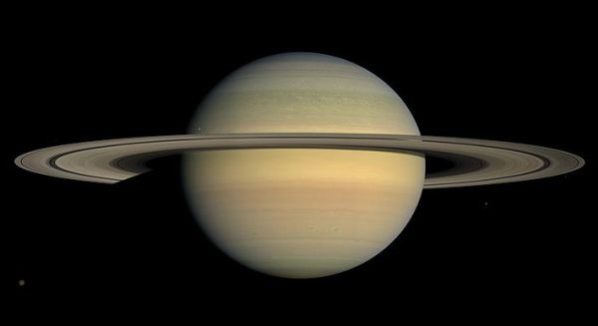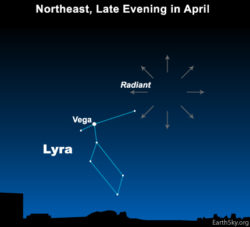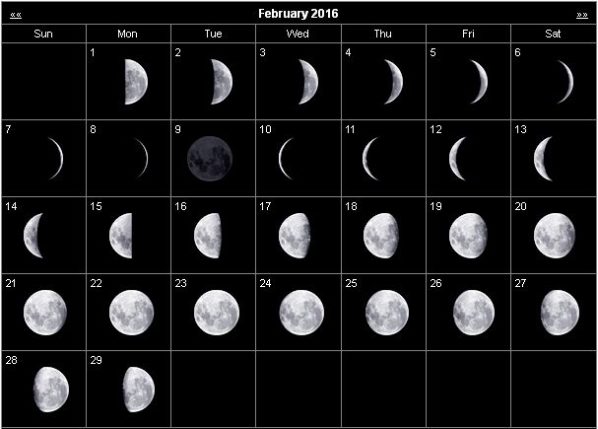Stargazing Calendar for May 2024
Discover the astronomical wonders of stargazing in May 2024, such as the asteroid Pallas at opposition or the comet 46P/Wirtanen at perihelion.
Stargazing Calendar for March 2024
Explore the celestial spectacle of March 2024 with our stargazing guide and astronomy calendar. Discover the wonders awaiting in the night sky this month!
Stargazing Calendar for January 2024
Explore the celestial wonders of stargazing this January 2024, featuring a breathtaking lineup of events. From meteor shower peaks and planetary conjunctions to the enchanting ascent of clusters like the Little Beehive, dive into a month of awe-inspiring astronomical marvels that illuminate the night sky.
Stargazing Calendar for June 2023
Hello fellow stargazers! June offers a range of astronomical events, including Mars and M44's close approach, many conjunctions, and asteroid Parthenope at opposition. Meteor showers like the Daytime Arietids and June Bootids also grace the sky. Don't miss them!
Stargazing Calendar for May 2023
Hello fellow stargazers! This month the big event will be a penumbral lunar eclipse, but there are also two meteor showers, two comets at perihelion, many conjunctions, and one near-Earth object making a close approach to Earth.
Stargazing Calendar for April 2023
Hello fellow stargazers! This month the big event will be a rare hybrid solar eclipse, but unfortunately it will be visible to only a few small areas of the world. For the rest of us, we have two large objects at opposition: dwarf planet Haumea as well as large asteroid Iris. There will also be two meteor showers as well as many conjunctions.
Stargazing Calendar for January 2023
In this first month of the new year, aside from the celebratory fireworks, we can also witness some beautiful astronomical events such as the Quadrantid meteor shower, two comets and two large asteroids at opposition.
Stargazing Calendar for December 2022
This month of December 2022, we will be visited by an interesting comet from the depths of the Oort cloud, we will be showered by up to 120 meteors per hour during the Geminid meteor shower peak, and we will be able to observe Mars and Mercury under great conditions.
Monthly Stargazing Calendar for June 2016
On June 3 Saturn will be at opposition, which means it will be at its closest approach to Earth and its face will be fully illuminated by the Sun. This is the best time to view and photograph Saturn and its moons because it will be brighter than any other time of the year and will be visible all night long.
Monthly Stargazing Calendar for April 2016
On the night of April 22 and 23 the Lyrids meteor shower will peak. It is an average shower, usually producing about 20 meteors per hour at its peak, although some meteors may be seen any time from April 16 to 25. It originates from dust particles left behind by comet C/1861 G1 Thatcher, which was discovered in 1861.
Monthly Stargazing Calendar for February 2016
On February 7 Mercury will be at greatest western elongation of 25.6 degrees from the Sun. This makes it the best time to view Mercury since it will be at its highest point above the horizon in the morning sky. Look for the planet low in the eastern sky just before sunrise.
Monthly Stargazing Calendar for December 2015
On the night of December 13 and 14 the Geminids meteor shower will peak. It is considered by many to be the best shower in the heavens, producing up to 120 multicolored meteors per hour at its peak. This is why it is known as the king of meteor showers. Some meteors can also be seen anytime from December 7 to 17.

